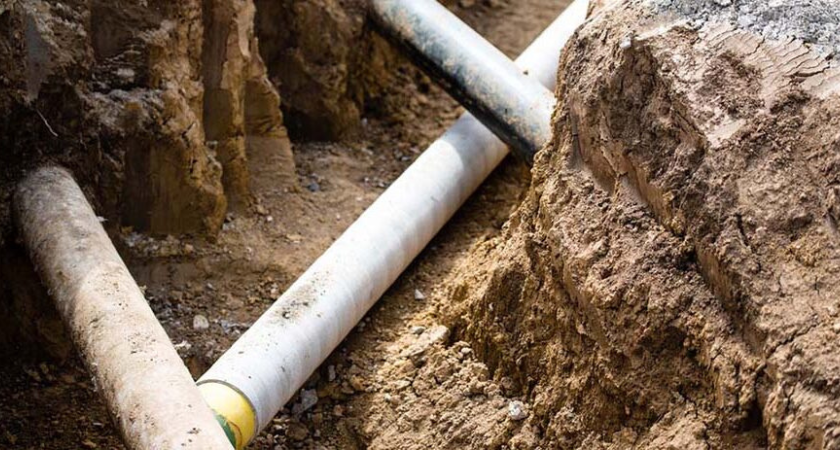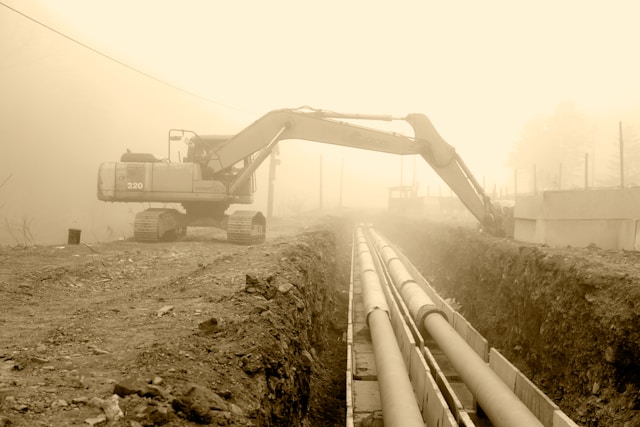
Minnesota’s construction industry celebrated a major achievement last year when legislators passed a pipeline safety bill designed to improve underground utility locating and reduce hazards on project sites. However, months into implementation, the law is facing obstacles that are slowing results rather than improving them.
At the core of the issue is the requirement for professional locating companies to accurately find and map buried utility lines before excavation begins. But according to industry feedback, the improvement isn’t happening consistently.

Many locating firms are “still struggling to complete those tasks,” said Laura Ziegler, AGC-Minnesota’s Director of Highway/Heavy & Government Affairs. She explained that although companies were granted more time under the new statute, “that has not translated into more timely and accurate marks.” The performance varies widely among providers, she noted, but overall it remains “a prominent safety issue.”
Ziegler pointed to the experience of one contractor who logged more than 180 problematic locate tickets this year alone, ranging from missing markings to delayed responses and inaccurate utility maps.
“These are not small projects,” she emphasized. “Our contractors are dealing with pretty big infrastructure projects. … That just puts additional pressures on them for their scheduling to keep delivering the project on time and in a safe manner.”
Such issues not only delay timelines but also pose serious risks. Striking a gas, water, or electric line can cause catastrophic damage, worker injury, fines, and community disruption.
The Minnesota Office of Pipeline Safety, the state agency responsible for enforcement, is aware of the problem and working alongside industry organizations.
“We have met with AGC-Minnesota along with other excavators and utilities, to better understand their concerns,” said Kat Barrett, a spokesperson for the Minnesota Department of Public Safety. “We remain committed to educating stakeholders about the laws and enforcing them when necessary, with the shared goal of promoting safety and protecting our communities.”
The legislation was driven by alarming data. More than 2,200 accidental strikes to underground utilities occurred in Minnesota in 2021, according to the Minnesota Geospatial Advisory Council. These “unintentional hits” cost time, money, and safety.
The new bill sought to modernize outdated practices by requiring better information sharing, stronger mapping standards using modern geospatial tools, clearer timelines for locate responses, and statewide tracking of excavation-related damage. Prior statutes had been in place for nearly 40 years without significant updates.
.jpg)
One critical challenge is staffing. Many utilities subcontract their locating work, and that sector is struggling to retain workers.
“We know that the workforce and the training are key components to trying to improve the overall system,” Ziegler said, pointing to high turnover rates that hinder accuracy and consistency.
To support long-term improvements, Gopher State One Call and the Minnesota Geospatial Advisory Council launched the Minnesota Utilities Mapping Project, an effort highlighted by the Common Ground Alliance. The initiative will create real-time digital mapping tools intended to reduce locate errors by sharing ticket-level utility data with excavators, designers, and locators.
The Alliance estimates damages to buried infrastructure cost the U.S. $30 billion annually, and it has set a national goal of reducing those hits by 50% within five years.
Despite setbacks, industry leaders remain optimistic that stronger enforcement, better technology, and workforce investment will eventually deliver the results intended by the law.
From the AGC-Minnesota perspective, the mission is clear: “Safety is of the utmost importance. We don’t want anybody to get hurt,” Ziegler said.
Originally reported by Brian Johnson in Finance-Commerce.